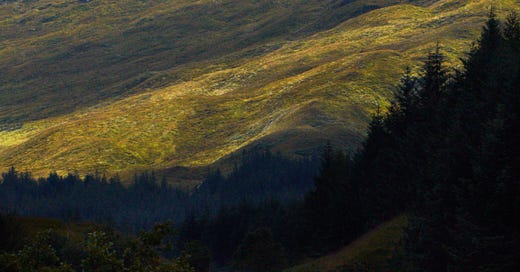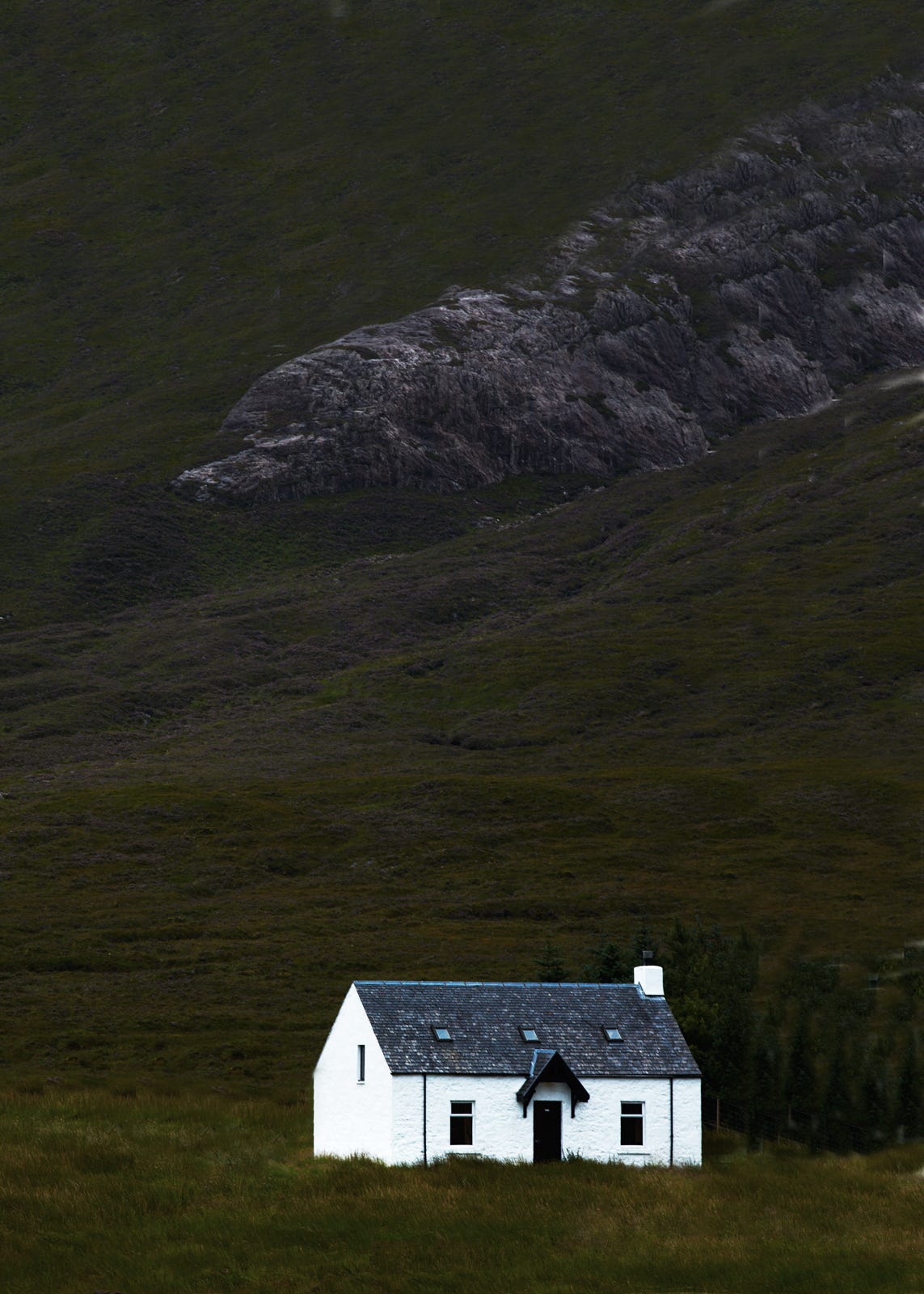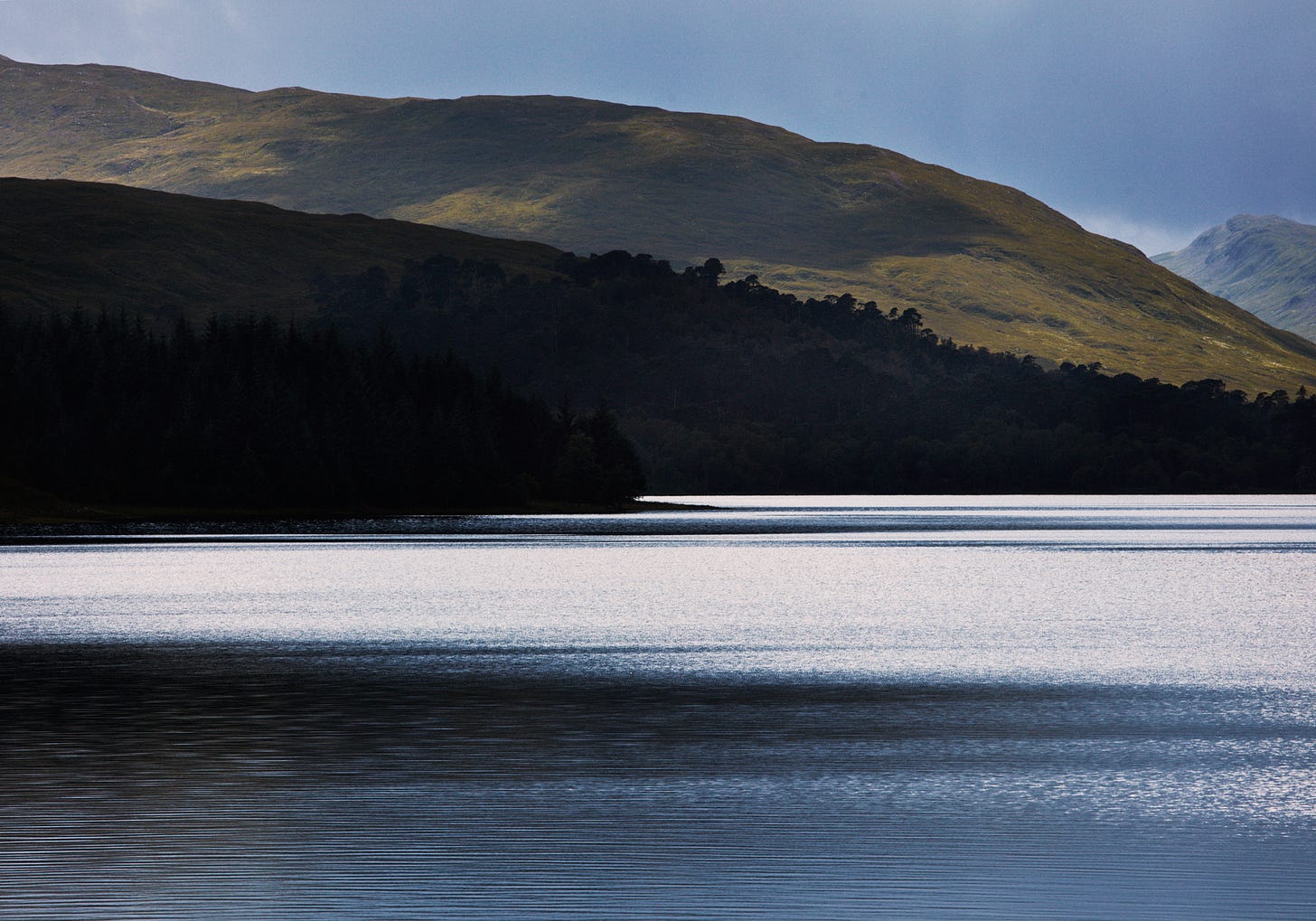“If someone arrives with big logotypes, I say to the staff, ‘I hope that this person will not stay’. Because this is really not a place where you go to show off your Gucci shoes..”
We were having coffee outside, in the shade of a few palm trees behind the hotel, a few miles north of Marrakesh, as the proprietor explained her approach to hospitality. She continued: “Many of our guests end up becoming personal friends, returning to us often, and if I’m visiting their hometown, I’ll be sure to see them there.”
Her statement on the unfashionability of logotypes came as no surprise. The personal luxury goods market is in a state of decline. 2024 was one of the worst years for luxury fashion since the Great Recession, and the lack of support from younger customers is especially apparent.
For years, aspirational fashion – with its branded goods, excessive pricing strategies, and focus on hype over quality – manifested the desire of many consumers to be perceived as sophisticated, successful, and trend conscious. But not anymore.
Modern fashion was established during the mid-19th century as part of the industrialisation process and subsequent urbanisation of Western countries. Many left small villages, with their high degrees of social control, and moved to the cities, where they could reinvent themselves, using fashion to explore a new and more flexible and fluid identity.
For more than a century, fashion was one of the world’s most important cultural expressions, reflecting two interconnected discourses: the idealisation of the city and a cultural emphasis on the individual over the collective.
In ways that we still not yet can comprehend, the Covid pandemic shifted cultural attitudes and social behaviours. When working from home became the norm and people could decide where they wanted to live (regardless of where the office was located), many chose to leave the city for the countryside. Offices were abandoned, in many places the buildings have remained empty, affecting also businesses like restaurants, bars, and cafés, otherwise frequented by the office workers.
Only a few decades ago, the in-between spaces of cities would be filled by young people – old warehouses turned into illegal techno clubs, former slaughterhouses being used as artist studios, musicians practicing in abandoned basements. But today’s young are adhering to more conservative values, preferring to drink less, party less, go out less – to be generally less reckless and explorative.
The city, not long ago one of the strongest symbols of personal freedom, creativity and cultural expressions, is today a boring place to be. People who are in the know travel to places like the one in the desert outside Marrakesh where we were just having coffee, but they better not dress in an urban way, in the latest collection and flaunting whatever brand is considered to be the hot thing in the moment.
That’s an outdated, urban behaviour.
According to recent travel trend reports, destination, hotels, and transport providers encourage travellers to integrate lesser-known cultural landmarks, far from classic tourist sights, into their trips.
Places off the beaten track are seeing an increase in visits, Vietnam for example logged a remarkable 40 percent increase in tourism spending even before the pandemic.
Condé Nast writes about “silent tourism” (like silent meditation retreats, sleep retreats, and quiet hotels) and train travel.
Again, these trends are the opposite of the logomania era, where the primary aim was to be seen by others, of only a decade ago.
The pandemic didn’t create these new behaviours, but it accelerated a societal shift that had already begun. Superficial fashion was already going out of style, and today wearing luxury brands is outdated.
Places like New York and Los Angeles, with their vast air-conditioned flagship stores, offering the same shirts, pants, and dresses wherever in the world you happen to be, are symbols of the aspirational dreams of past consumer culture.
The development I’m outlining is tied to the gentrification process; the middle class and bourgeoisie tend to follow the creative class, to go wherever the creatives are. Currently, creatives can’t afford to live in the city centre. Those who remain in central areas work as lawyers, doctors, or in tech.
We’re now experiencing peak gentrification in most larger cities, also known as peak boredom. Instead, creatives have moved to the outskirts of the cities, or even to the countryside, where they are opening art spaces and organizing concerts in converted barns.
This leads me back to the conversation I was just having in the Moroccan desert. Consumers turning away from metropolitan areas, while losing interest in brands like Gucci, Louis Vuitton, and Prada are behaviours that are intimately interconnected, and now we are seeing how even hotel owners are engaging in the discourse, using fashion references as an example of what is not desirable in these places, far from the crowded, polluted, and boring mega cities of the past.
It will be an interesting development to follow.
New offer in our online store: If you buy all three of our first print issues, shipping is on us.








❤️